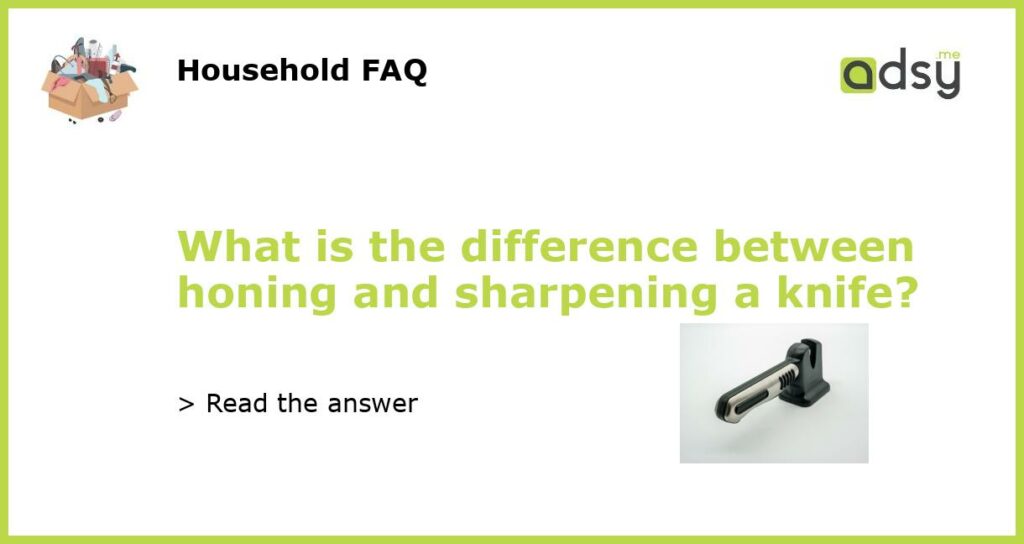Honing vs Sharpening: What’s the Difference?
When it comes to maintaining your kitchen knives, honing and sharpening are two terms that are often used interchangeably. While they both play a crucial role in keeping your blades in top condition, they are not the same thing.
Honing: Straightening the Edge
Honing involves using a honing steel or rod to straighten the edge of your knife. This process doesn’t actually remove any metal from the blade, but instead works to re-align the edge of the blade that may have become bent or misaligned over time. You can think of it as pushing the edge back to center, which helps to maintain its sharpness.
It’s important to note that honing should be done regularly – every few uses – to keep your knife in top condition. Think of it as a quick tune-up for your blade.
Sharpening: Removing Metal to Create a Sharp Edge
Sharpening, on the other hand, involves removing metal from the blade to create a new, sharp edge. This process is more intensive than honing and should only be done as needed (once every 6-12 months for most home cooks).
When sharpening a knife, there are several methods you can use, including using a sharpening stone, a handheld sharpener, or even an electric sharpener. The key is to choose a method that works for you and to practice good technique to avoid damaging the blade.
The Bottom Line
So, which one should you be doing – honing or sharpening? The answer is both. Honing should be done regularly to maintain the edge of your knife, while sharpening should be done as needed to restore the blade’s sharpness.
By incorporating both honing and sharpening into your knife maintenance routine, you can ensure that your blades are always in top condition and ready to tackle any kitchen task.






